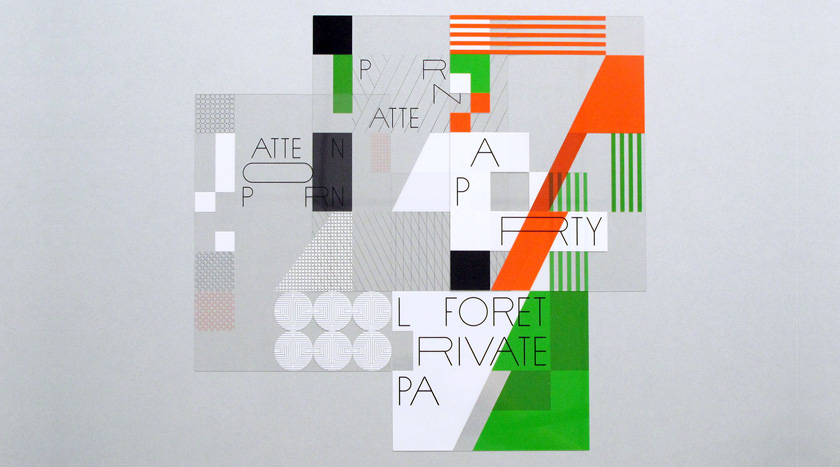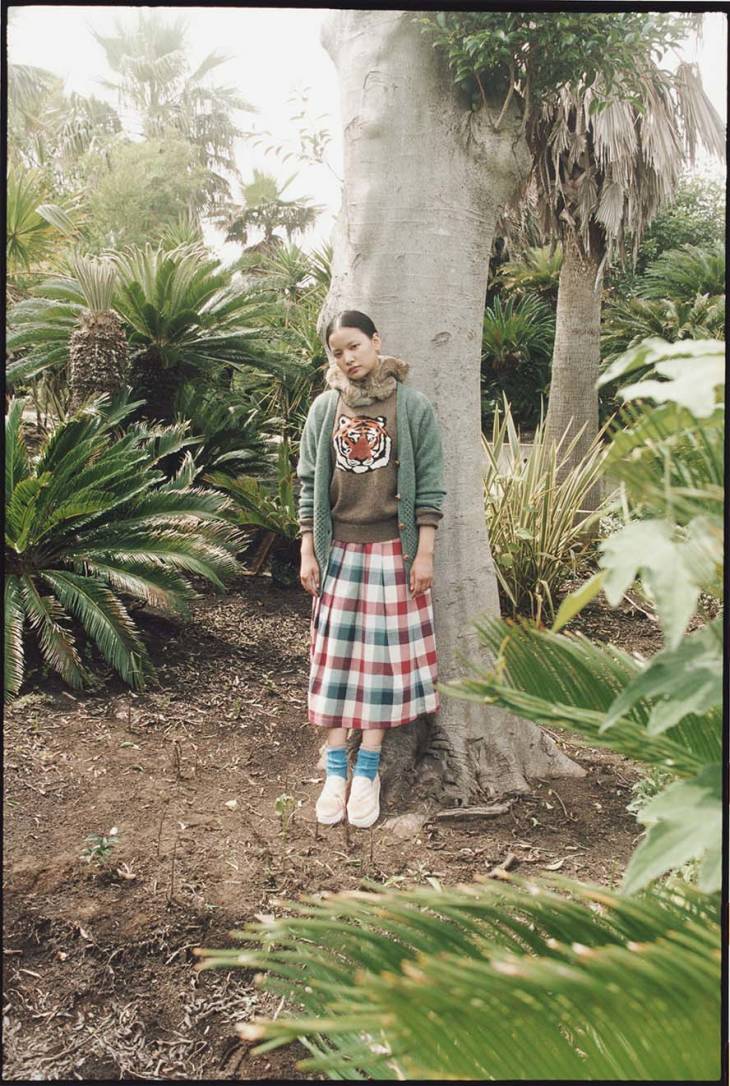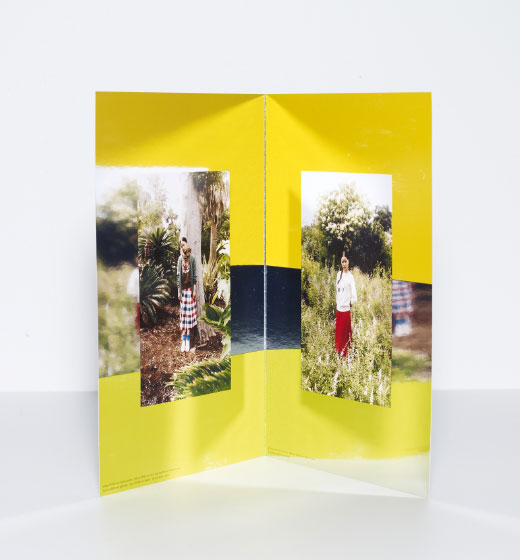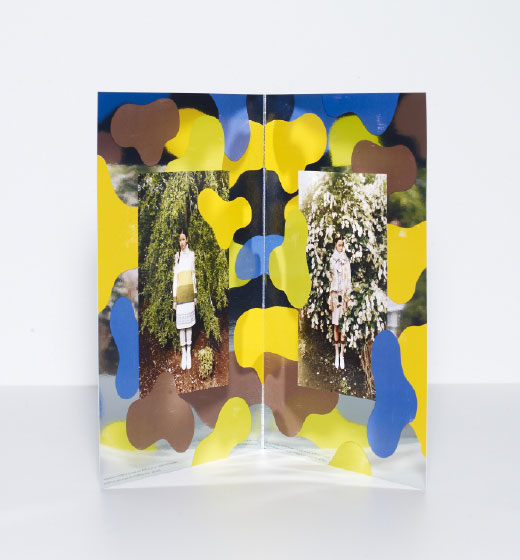Naonori Yago is a young, Tokyo-based graphic designer and art director who specializes in designing for the art and fashion industry. Yago likes to play with print layering techniques and patterns in graphic design, as well as typography and a healthy dose of analog photography.
He got his start when he joined ad agency Hakuhodo straight out of college. His first big break came last year when he won a prestigious D&AD Award and this year he joined SIX Inc., an interactive ad agency that was spun-off from Hakuhodo last year. We were curious to find out more about this up-and-coming graphic designer and his work.
[table]
Name, Naonori Yago
Profession, Art Director/Graphic Designer
Birthday, “Aug 5, 1986 (Shizuoka, Japan)”
Education, Graduated Musashino Art University (Visual Communication Design) in 2009.
Career, “Joined Hakuhodo Inc.in 2009; Six Inc. in 2014”
Awards, “NYADC Bronze, D&AD Inbook, Spikes Asia Young Spikes Silver, etc. I work on many fashion and art-related projects, not for mass media. I make sure each projects is driven by graphic design.”
[/table]
Beginning
Influenced by my father, an art teacher, I loved to draw when I was a child. But my hero was Thomas Edison, not an artist. When I was in third grade, I told my teacher that I wanted to become an inventor and he said, “you will do better as a designer.” That was when I first learned about the profession and gradually, I became more interested and wanted to become one.
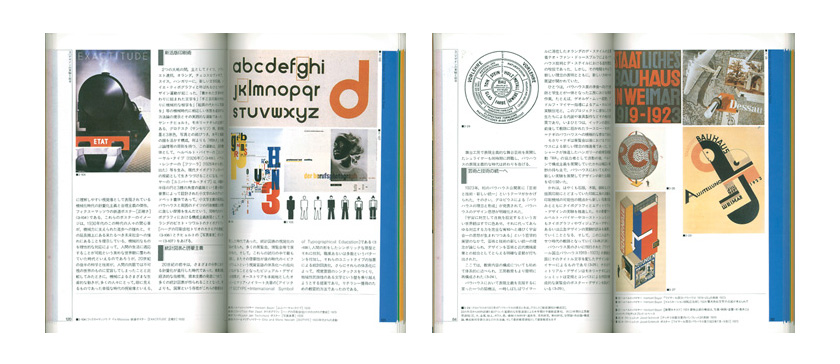
Reading “The Complete History of Modern Design” in high school was also a big influence. I read it over and over. Design before it was even an concept, design during the mass-produced Industrial Revolution, arts and crafts movement that followed from Bauhaus to modern design… each era had its own values which still remain today as design. The book also talked about how different design was appreciated differently through different times. I only knew about traditional art from textbooks, so it opened my eyes and made me think – “if there are so many different values, then shouldn’t there be a room for mine?” The diversity of design works pushed me to pursue my work in my own way.

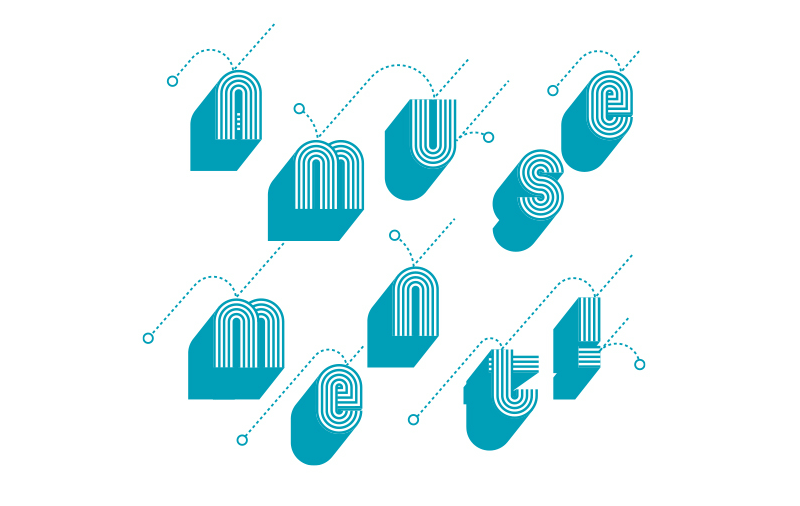
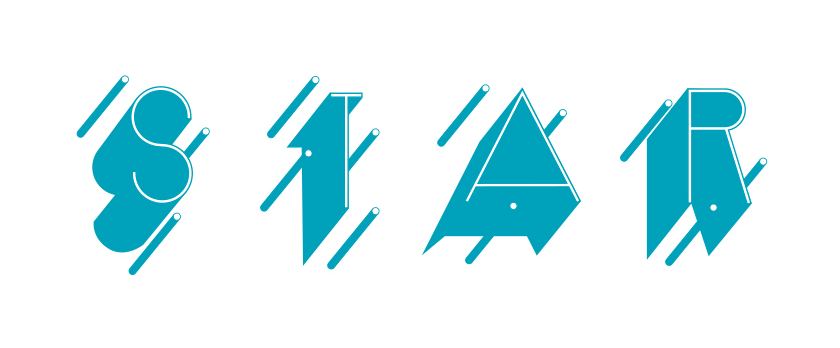
Changing ideas
I started my career in design after graduating school and joined Hakuhodo. I knew nothing back then, so worked really hard, just wanted to be better in graphic design. On numerous occasions, I slept at work for about 10 days, working on layout and typography. I was only thinking things like how can I do better? Can I survive in this profession? Can I climb up the corporate ladder? I didn’t have my own creative style and I certainly didn’t have any social association through my design work.
Later on, as I met many amazing creative talents, I became to understand that every creative expression was built on certain values and social messages they wanted to convey. Then I started to pursue design work based on that and felt myself transform. I hope to continue designing with messages or questions that socially provoke others. Designers are not just about working for clients. Whether it’s behaviors, products, or daily commodities, designers should integrate his/her thinking so that each user can be constantly exposed to quality designs and social awareness hidden underneath. I want to be a designer responsible for every creation. I didn’t think like this when I started.
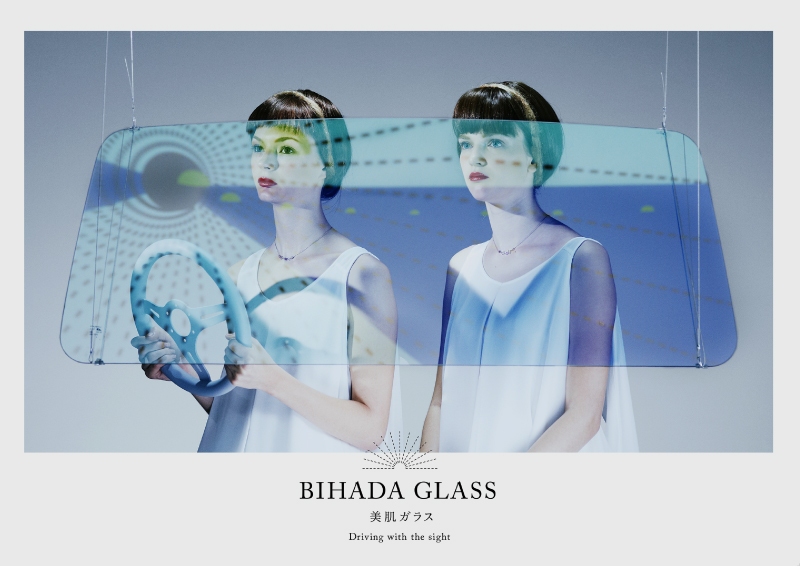
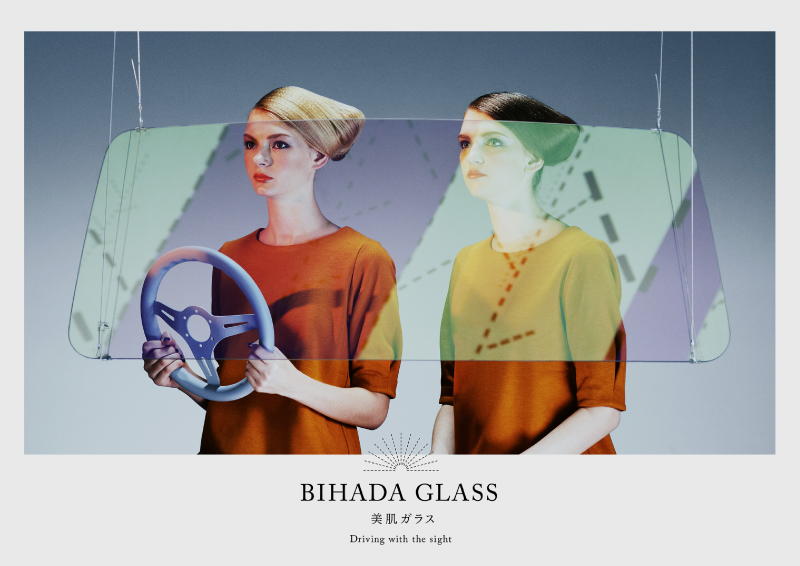
Japan
Japanese design is very considerate and beautiful. There is an emphasis on both technique and quality management.
Since Japan is an island with its own unique language, it’s pretty much secluded from other countries. This isolation generates unique evolution and I think this makes design more valuable to the rest of the world. On the other hand, there are negative aspects as well. For example, the tone of Japanese design is especially alike. I think this is because culturally, Japanese people honor craftsmen, and respect the hierarchical relationships with them. Also, a lot of Japanese design lacks social values.
I think this is because the working environment is satisfying, safe and mostly free from any type of danger or crisis. Moving forward, I think Japanese design needs to shift away from pursuit of unique design, and focus more on mixing and diversifying design and values with those from overseas.
Right now, Japan’s political positioning on peace is being threatened, and being socially aware of its issues and creating a theme around it is vital.

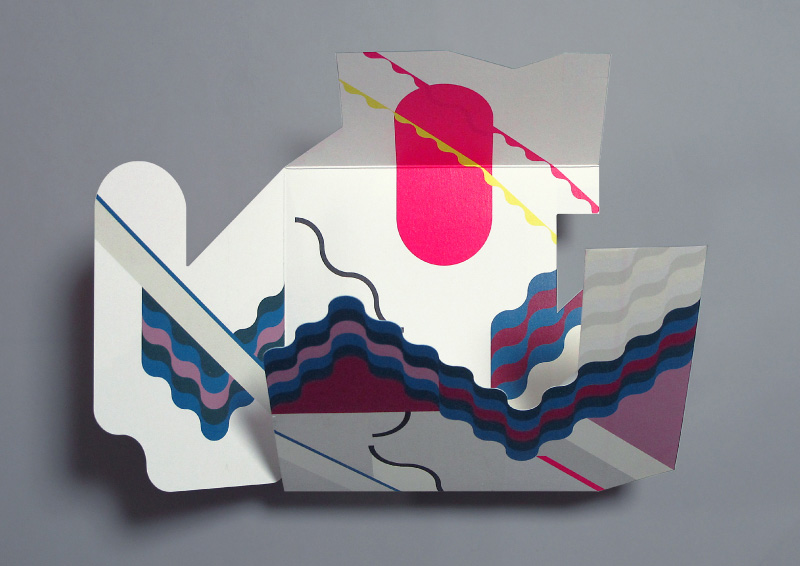
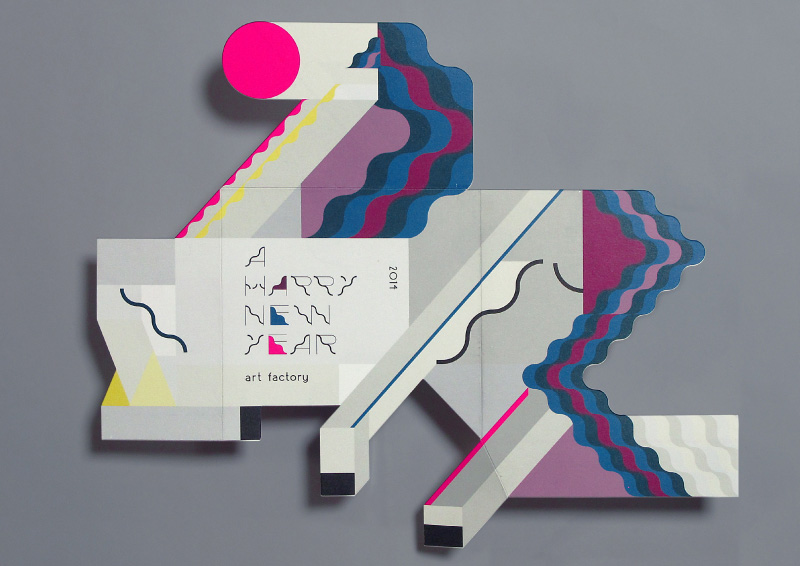

Discovery

Recently, I worked with fashion designer Kosuke Tsumura and experienced new discoveries from the project and also through our conversation. His brand FINAL HOME is quite different from conventional fashion brands. First of all, the timeline is different. Normally, new collections are introduced every season with new themes. Tsumura-san, on the other hand, works on one particular theme with only one model, and takes time to nourish them. By “nourishing” it’s more about creating a space for customers to freely interpret and enjoy his clothes. With products, the longer you use them, the more values you create, and applying this thinking to fashion was inspirational. Working on this project and understanding about the thoughts that go into FINAL HOME, I learned that fashion is not a disposable trend, but rather an essential part of everyday life. His perception on fashion is quite unique, creating different development process, and ultimately, distinct style. This applies to not just fashion, but importantly, to design as well.
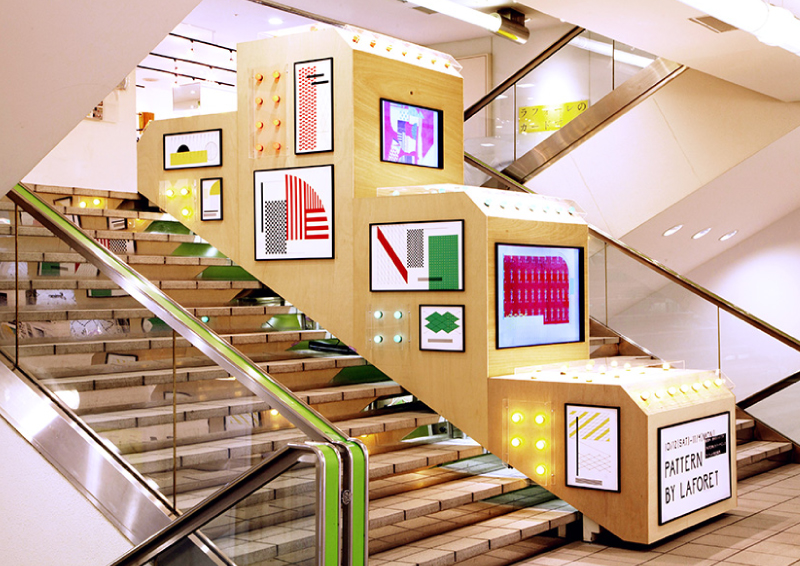
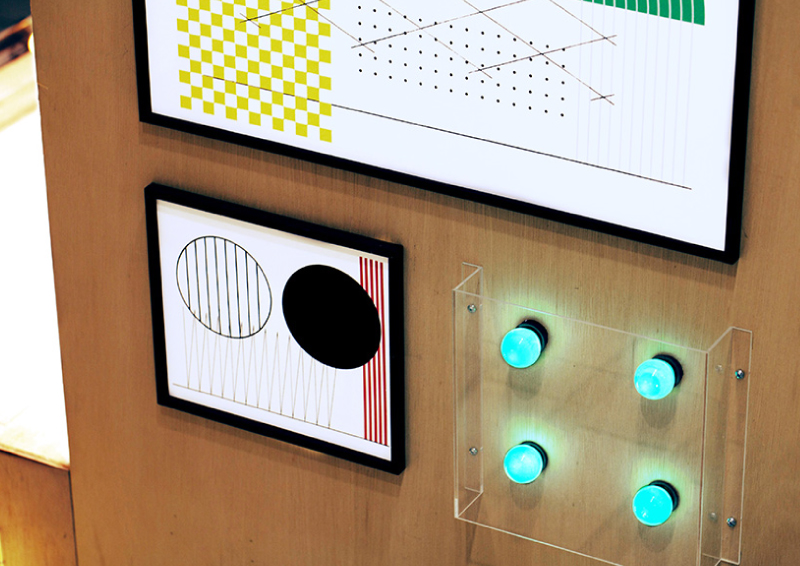
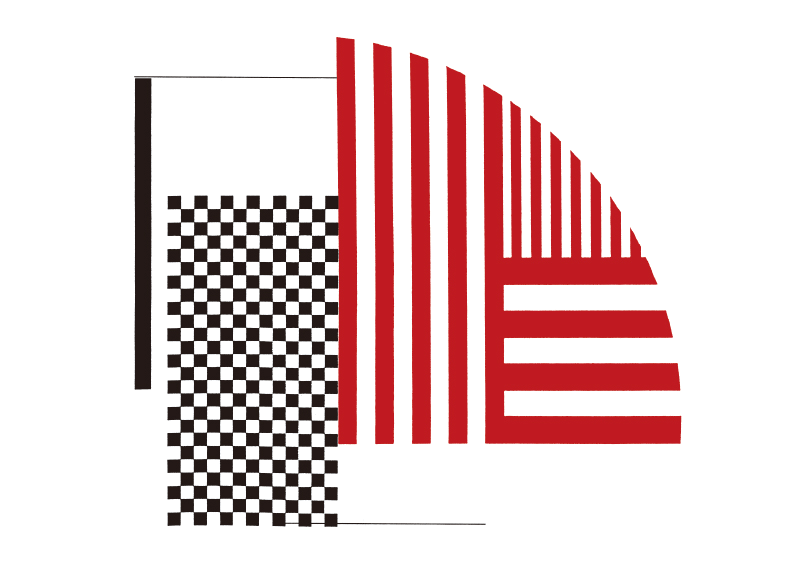

Influence
I participated in Cannes Lions, which is the biggest event for creative talents in ad business. Their focus is not just design work, but also “association with social impacts,” “business impact on brand and products,” “society and design,” and “business and design.” This is why designs in multiple platforms, such as retail design, event design, web design, and video design are showcased.
Interestingly, Japanese graphic design has always been strong in print. Today, the evolution of print technology is not as fast-paced as before, but I think designers are continuing to come up with newer ideas for this medium.
If ideas and insights are strong enough, moving away from print and integrating other media like web, videos, programming, and interactivity, should trigger more amazing ideas. I hope that in the future, more graphic designers can be as successful in other platforms.
Three Steps
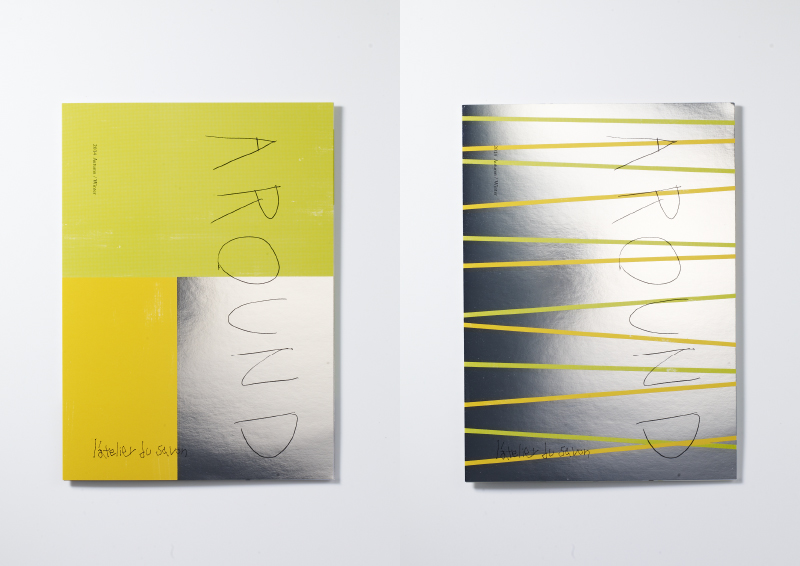
I’m working on the catalog design for l’atelier du savon, a Japanese fashion brand. There will be 800 copies, but there are certain restrictions for mass printing. My challenge is to work within these restrictions in order to best design for the brand, and create synergy between graphic design, photos, and print.
Stage 1: Rough design, presentation
When I bought a whole bunch of papers, and pasted a photo onto a silver paper, I though, that’s wonderful. This was the start of my idea. Then I fine-tuned it with design to reach the current idea.
Stage 2: Photography
I worked with photographer Kazuhiro Fujita. Since many clothes had botanical motifs, photos were taken at a botanical garden. The photos were shot on analog film, so images were selected from contact prints for final printing.
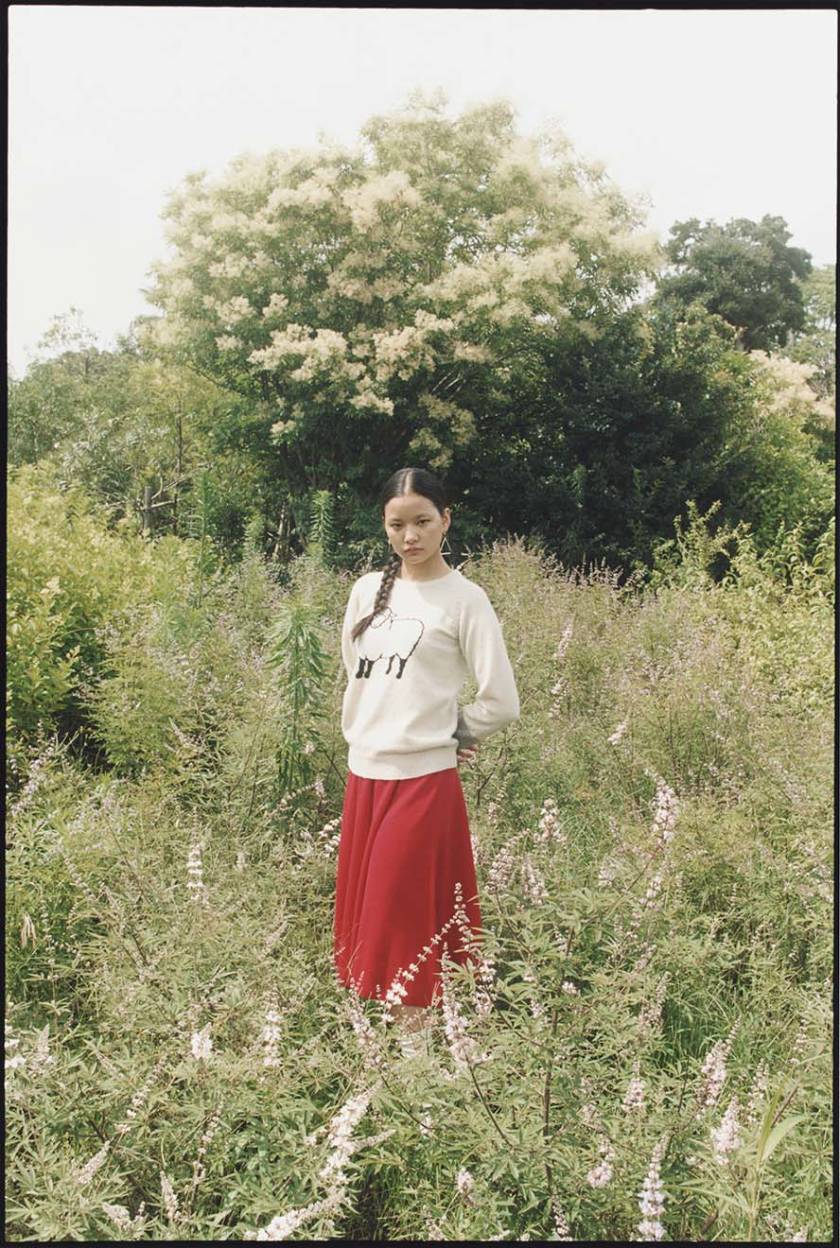
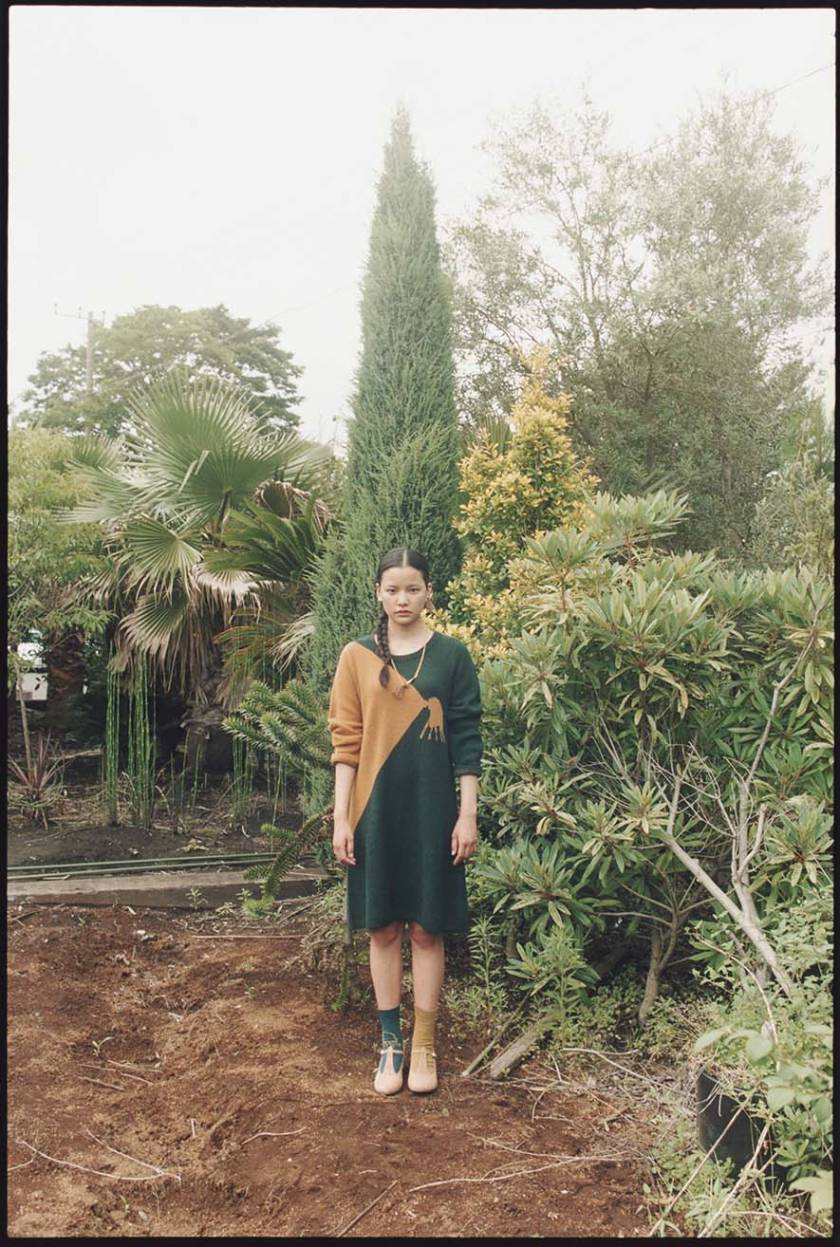
Stage 3: Design, print
Silver embossing was used for printing. Balancing texture created between embossing and CMYK was important. I wanted to create the feeling that the photos and graphics were floating on the page.

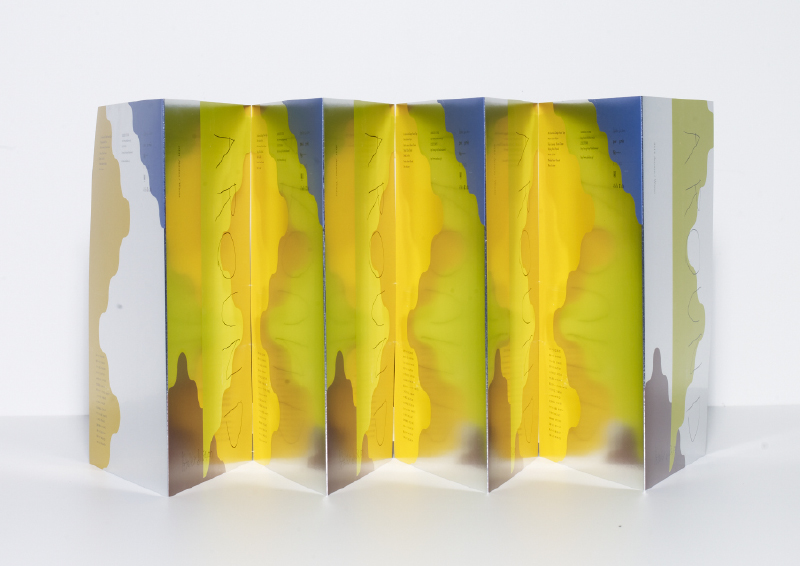
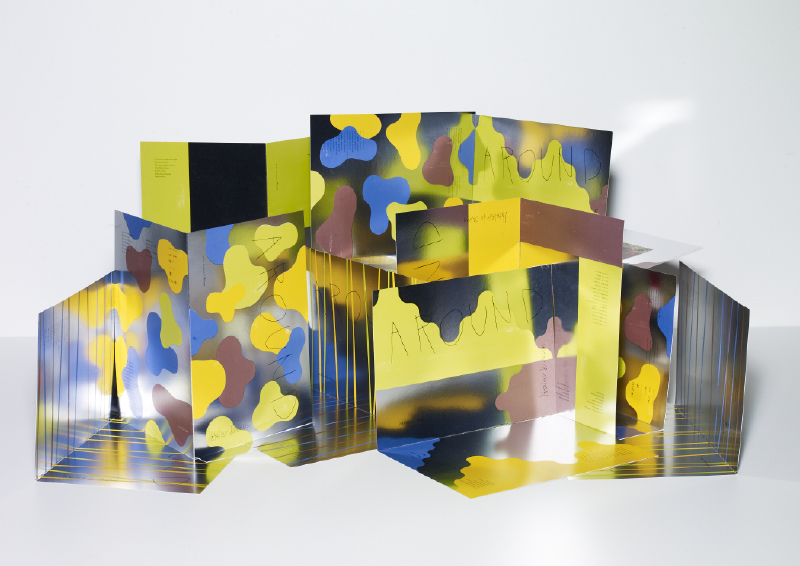
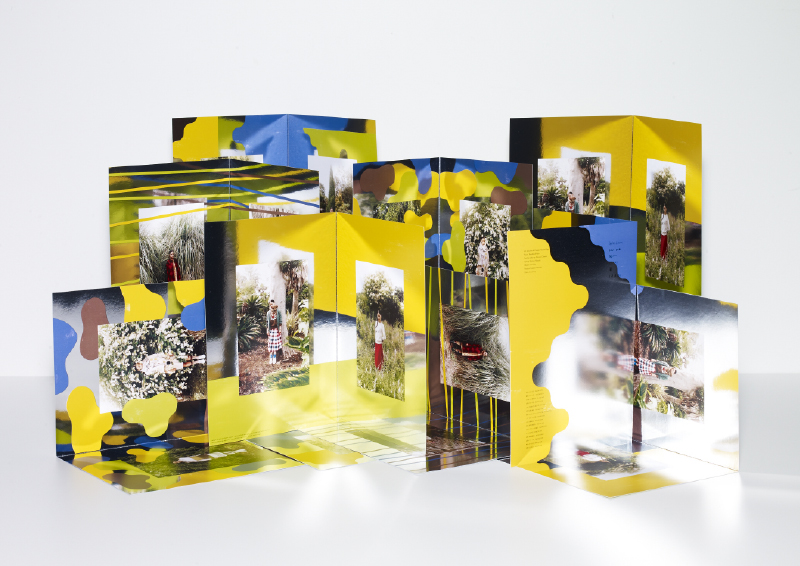
A Difficult Work
I was in charge of art directing on-air promotions for FINAL HOME’s new brand. It was difficult to design something simple because the brand was completely new and pure with so much possibility to grow with customers. Ad work is mostly about interpreting. You have the products, and how you sell them is already planned out, so all you have to do is interpret it visually and beautifully. This project was more about developing, together. It’s not about short-term consumption, but building a new standard through design. It’s very difficult, but interesting and challenging. I hope to do more work like this.

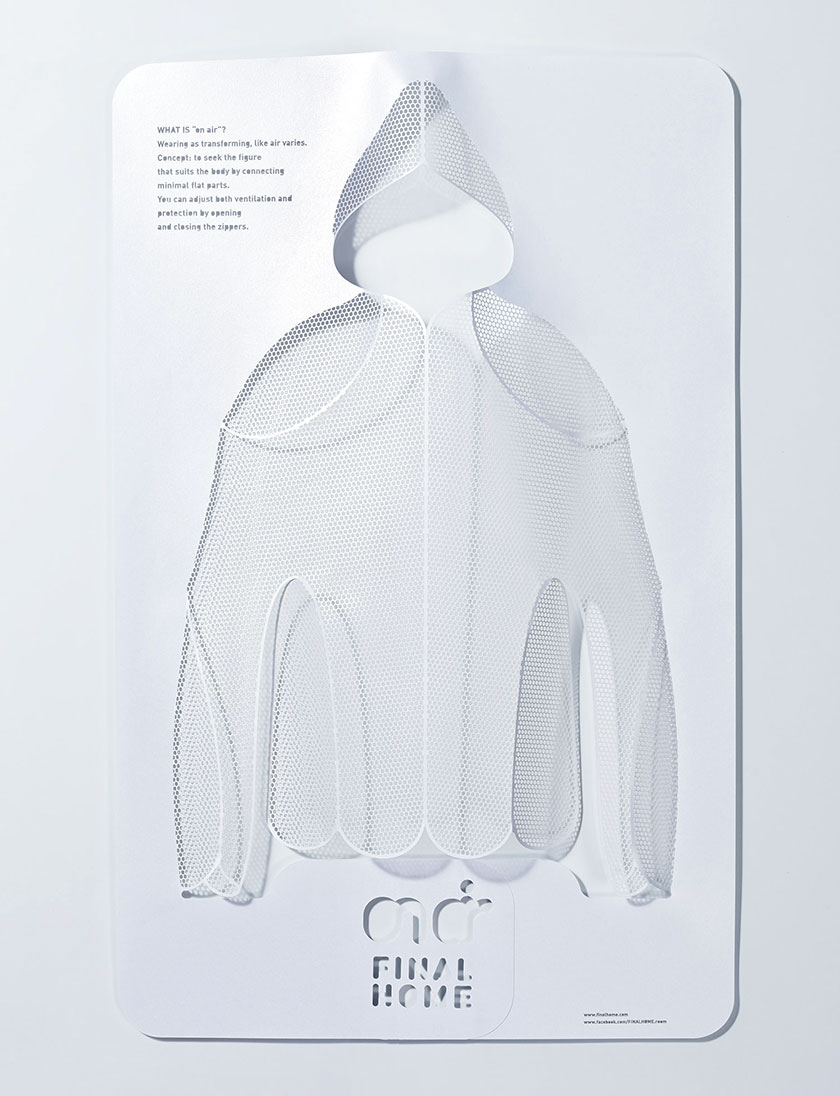

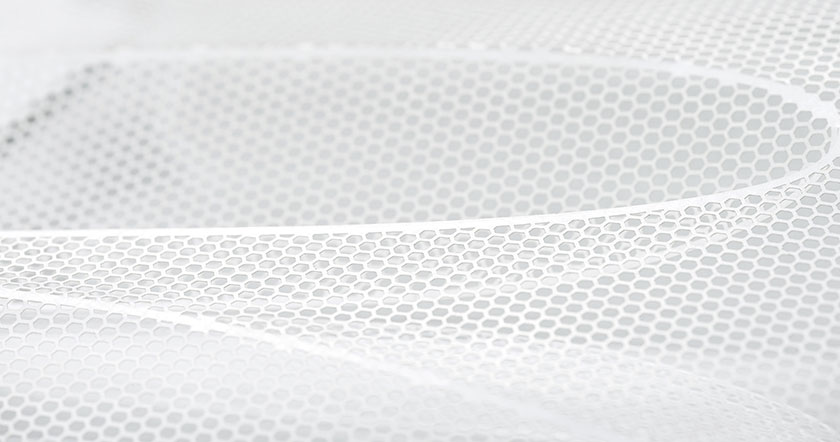
Feedback
There’s a fashion department store in the middle of Harajuku area in Tokyo, called Laforet Harajuku. I was asked to create invites for its biannual event “Laforet Private Party,” and I designed with the event theme which was “pattern on pattern.”
I designed on five transparent sheets, combined to create one graphic work. It was experimental, applying Illustrator structures to print. Slight transparency between layers creating depth, sheet’s thickness adding textures… the transition from data to something tangible was quite interesting. The design was quite simple, but the work was featured in various magazines and recognized at New York ADC and D&AD awards.
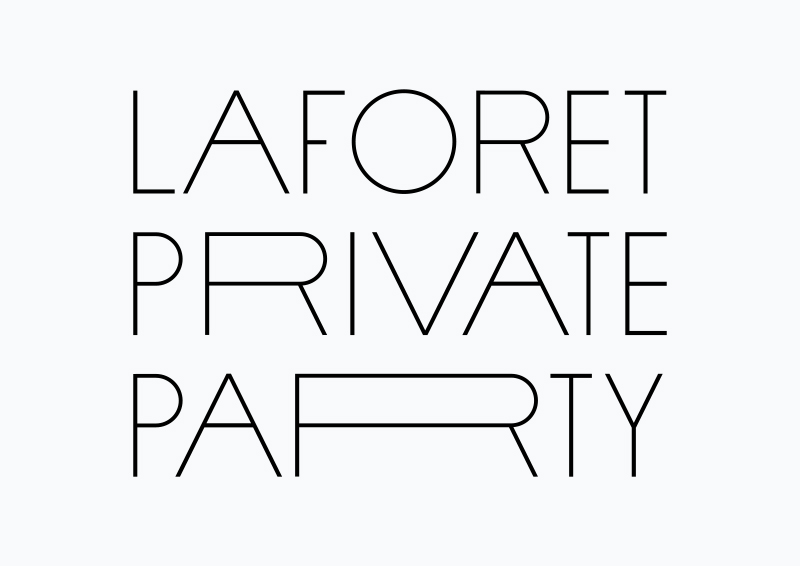
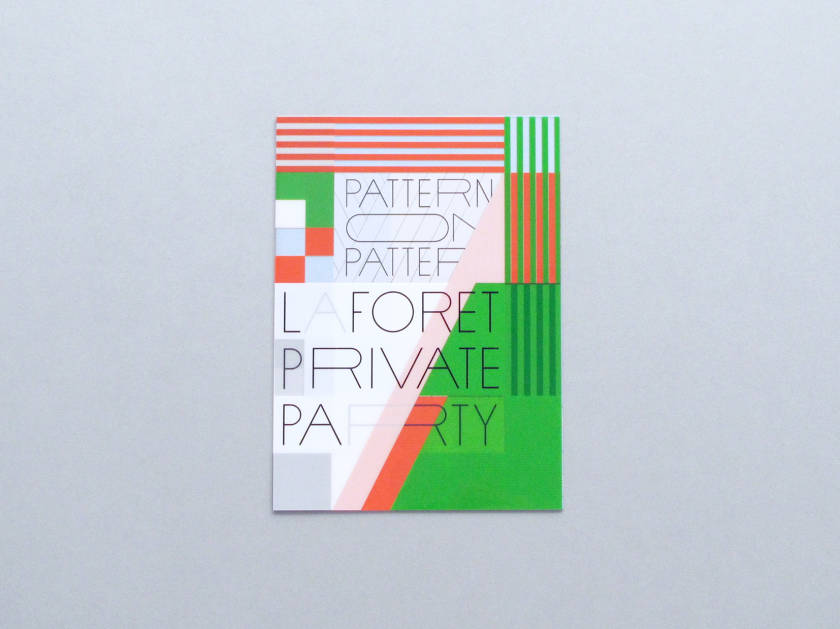
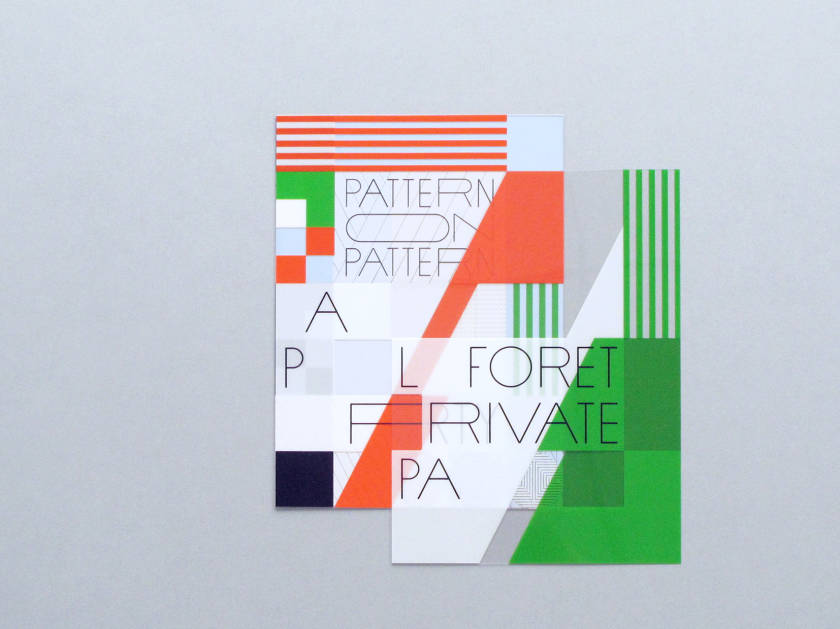
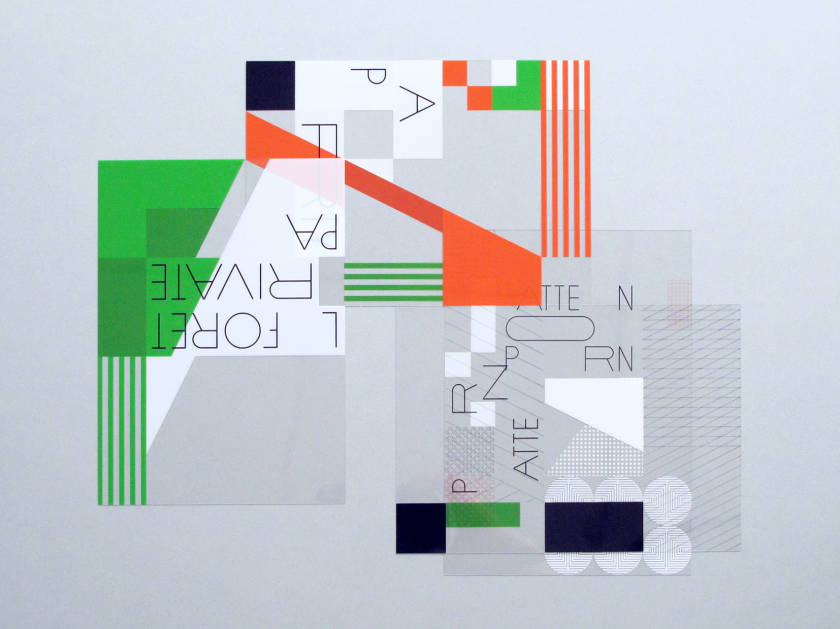
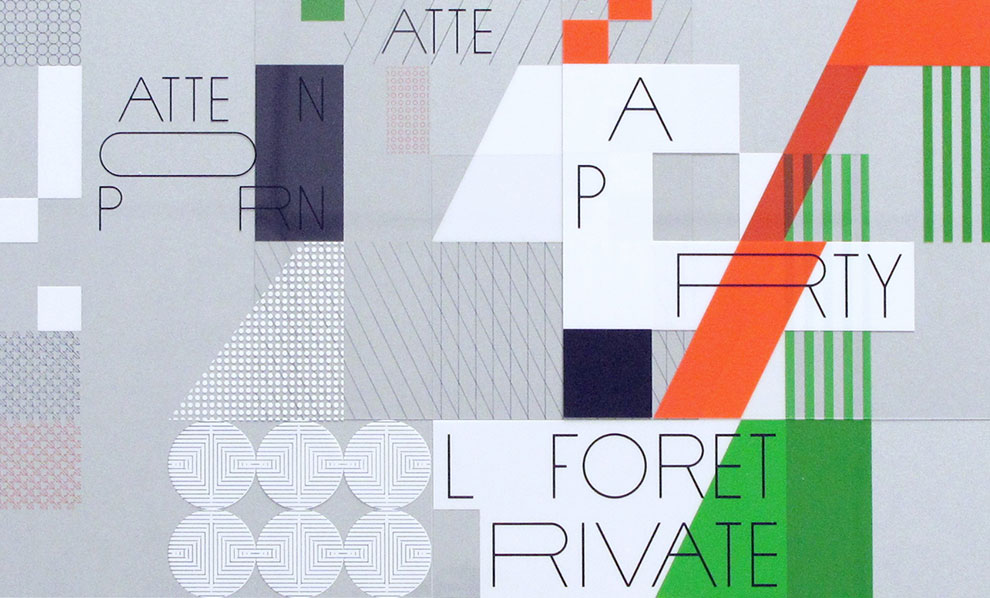
Future
In Japan, design is synonymous with being trendy or stylish. Also, even designers and ad agencies treat designers as just another production vendor. I hope that design becomes more integral part of our lifestyles, for both businesses and customers.
Today
I’m here at Black Rock Desert, doing a shoot. I can only hear the sound of fierce wind. Sometimes, the wind completely stops, creating an absolute silence. It gives me strange feelings.
There’s only sand, sky and the sun… it’s amazingly beautiful.

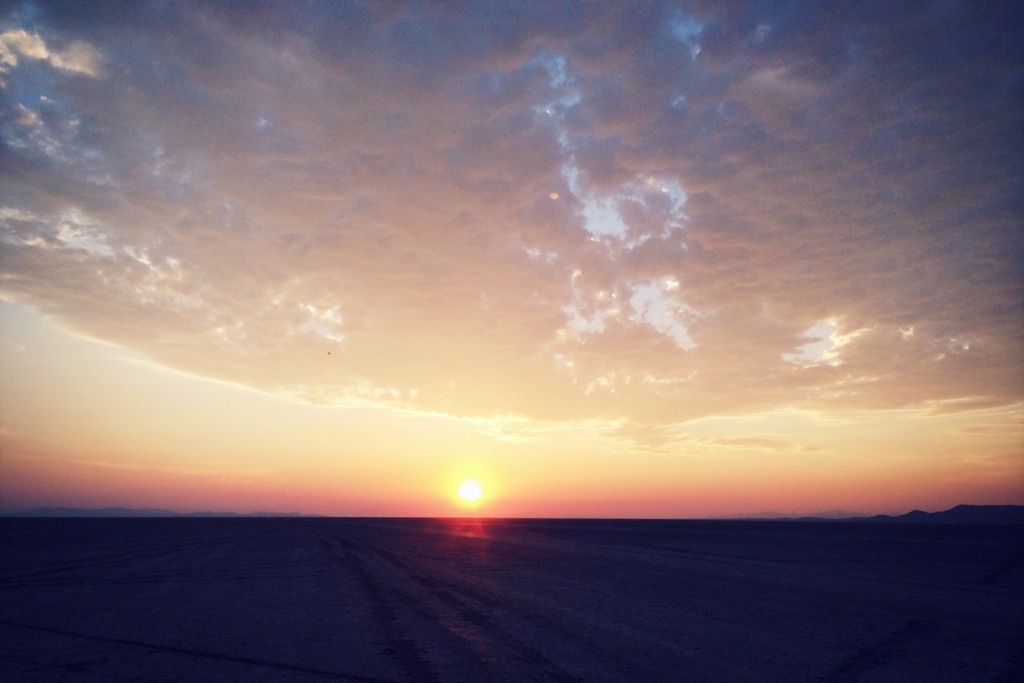
Arigato Gozaimasu!
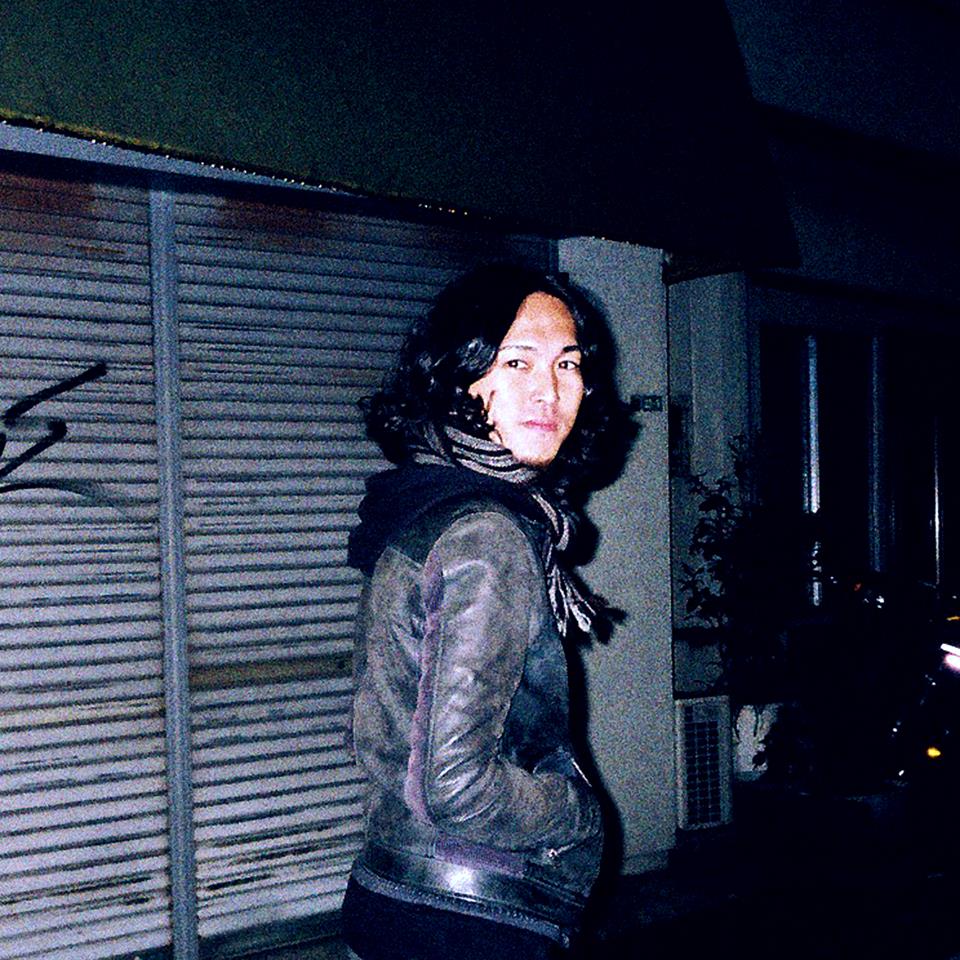
A big thank you to Naonori Yago for the interview, we wish him all the best for the future!
Follow him on his website:
http://www.naonoriyago.com
Facebook:
https://www.facebook.com/naonori.yago
